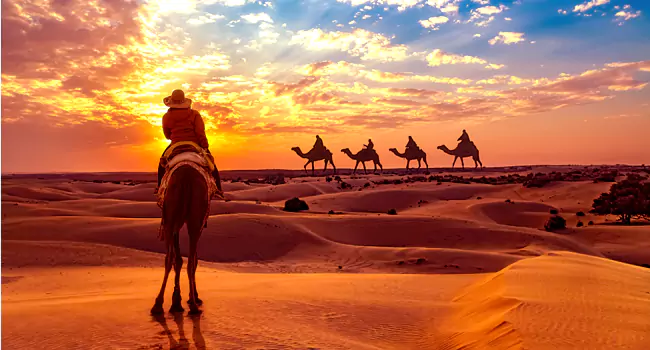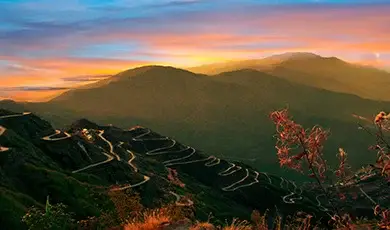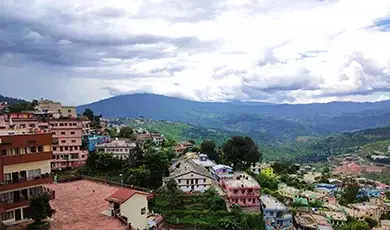
India is home to many economically profitable states, each contributing immensely to the country's prevalent GDP. Among the richest states in India, Maharashtra invariably tops the checklist, boasting a strong industrial sector, a successful financial epicentre in Mumbai, and a successful real estate market. This various economy makes Maharashtra the most important contributor to India's economising, cementing its place as the wealthiest Indian state year after year.
Observing closely rearwards is Tamil Nadu, which is understood for its industrial power and flourishing automotive sector. As one of the wealthy states in India, Tamil Nadu profits from a robust manufacturing ground, an expanding IT industry, and vigorous tourism. Its proportional economic development has confirmed its position among the top 10 richest states of India, with a bright future forward. Karnataka is another financial powerhouse, particularly in the technology segment. As the headquarters of Bengaluru, India's Silicon Valley, Karnataka recreates a vital role in the IT and software services business. This growing tech setting and a solid industrial base guarantee that Karnataka stays one of the richest states, significantly contributing to India's GDP.
Gujarat is one of the wealthiest states of India due to its manufacturing and trade segment, and it is known for its entrepreneurial energy. Gujarat has a well-developed industrial infrastructure, especially in chemicals, textiles, gems, and jewellery. Its constant evolution makes it one of India's most richest states, drawing assets and promoting economic expansion. While these states oversee the pack, prosperous states like Andhra Pradesh, Uttar Pradesh, and West Bengal contribute laboriously to India's economy. These states excel in different sectors, from agriculture to IT, shaping their positions in the country's economic topography. For those wondering which state is richest in India, Maharashtra persists in having the crown, but several others are rapidly approaching the gap.
| Sr. No. | List of Wealthy States in India | More Information |
|---|---|---|
| 1 | Andhra Pradesh | View more |
| 2 | Bihar | |
| 3 | Goa | View more |
| 4 | Gujarat | View more |
| 5 | Himachal Pradesh | View more |
| 6 | Karnataka | View more |
| 7 | Maharashtra | View more |
| 8 | Meghalaya | View more |
| 9 | Nagaland | |
| 10 | Punjab | |
| 11 | Rajasthan | View more |
| 12 | Sikkim | View more |
| 13 | Tamil Nadu | |
| 14 | Uttar Pradesh | View more |
| 15 | Uttarakhand | View more |
| 16 | West Bengal | |
| 17 | Jharkhand | |
| 18 | Tripura | |
| 19 | Chhattisgarh | |
| 20 | Haryana |























